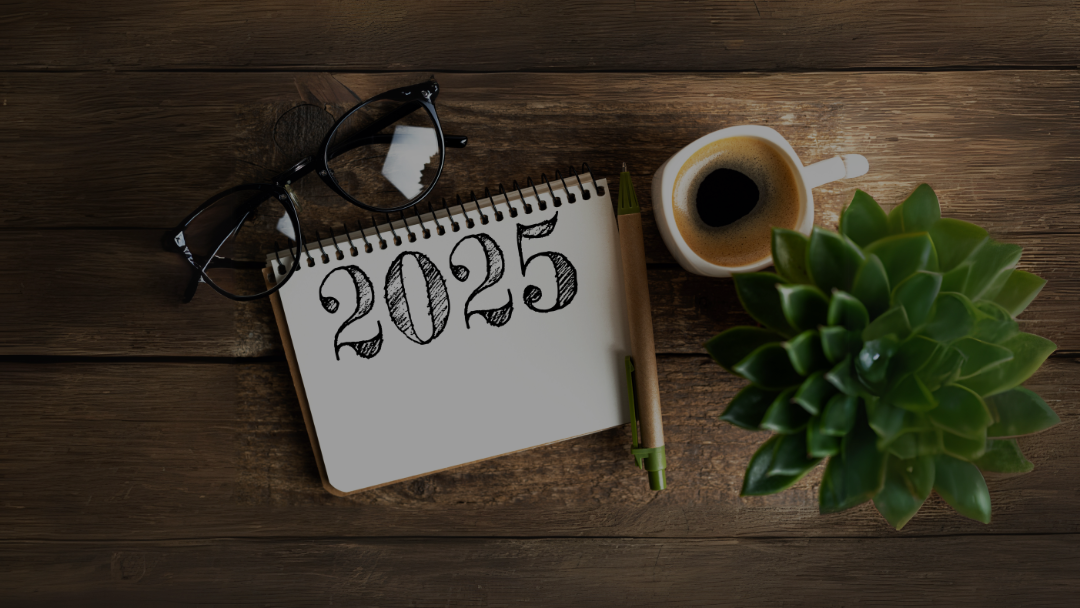When Legends Collide: The Most Iconic Brand Collaborations of All Time
Key Takeaways
- Strategic brand collaborations amplify cultural relevance, attract new audiences, and drive demand with limited-edition exclusivity.
- Iconic partnerships like Nike x Off-White and Supreme x Louis Vuitton blend high fashion with streetwear, redefining industry boundaries.
- Food and beverage collabs, like Dunkin’ x Harpoon Brewery and Taco Bell x Doritos, showcase how cross-industry partnerships can create viral success.
Introduction
In today’s hyper-competitive market, brand collaborations have become a powerful way to break through the noise. When two iconic brands merge, they don’t just sell a product—they create a cultural moment. From luxury fashion houses to fast food giants, these collaborations spark trends, drive social media engagement, and sometimes even redefine entire industries.
Let’s dive into five of the most legendary brand collaborations that set the gold standard.
1. Gucci x Disney: A Fairytale Fusion of Luxury and Nostalgia
Few brands hold the same universal appeal as Gucci and Disney. When the two joined forces, they created a collection that blended high fashion with childhood nostalgia.

Why It Worked
- Disney’s cultural dominance made the collaboration instantly recognizable to a global audience.
- Gucci’s bold design aesthetic turned Disney characters—particularly Mickey Mouse—into high-fashion icons.
- Limited-edition status created hype, leading to sell-out collections and resale markets booming.
The collection featured Mickey Mouse-adorned handbags, sneakers, and apparel, timed to coincide with Chinese New Year (a strategic move, given Mickey’s global popularity in China). The result? A perfect storm of nostalgia, exclusivity, and luxury appeal.
The Impact
- The capsule collection sold out quickly, proving the power of nostalgia-driven luxury.
- It bridged generational gaps, appealing to both high-fashion consumers and Disney lovers.
- Gucci reinforced its reputation as a brand unafraid to push creative boundaries.
2. Dunkin' x Harpoon Brewery: Caffeine Meets Craft Beer
Some partnerships seem unexpected—until they make perfect sense. That’s the case with Dunkin’ x Harpoon Brewery, a collaboration that combined America’s favorite coffee chain with one of the country’s top craft breweries.

Why It Worked
- Cross-industry collaboration introduced Dunkin’s audience to craft beer and Harpoon’s customers to coffee-infused brews.
- Seasonal appeal with fall and winter releases created limited-time urgency.
- The beers, like Dunkin' Coffee Porter and Jelly Donut IPA, tapped into the growing trend of flavored craft beers.
The Impact
- Harpoon Brewery saw a surge in brand awareness, tapping into Dunkin’s massive customer base.
- Dunkin’ expanded its brand positioning beyond coffee, proving it could innovate in unexpected ways.
- The collaboration became an annual event, with new flavors launching every year.
This partnership is a case study in thinking outside the box—and outside your industry.
3. Nike x Off-White: Redefining Streetwear and Sneaker Culture
The late Virgil Abloh, founder of Off-White, left an indelible mark on fashion. His Nike x Off-White “The Ten” collection took classic Nike silhouettes and deconstructed them with raw, unfinished aesthetics, launching one of the most hyped sneaker collaborations of all time.

Why It Worked
- Hype-driven strategy made each release highly sought after, with limited drops and raffles.
- The raw, unfinished look turned sneakers into wearable art.
- Abloh’s unique vision blended sportswear with high fashion, making Nike cool in a new way.
The Impact
- The resale market exploded, with some pairs fetching over $5,000.
- It paved the way for other high-fashion/sportswear collabs, including Dior x Air Jordan.
- Nike solidified its dominance in the sneaker industry, capturing both hypebeast and luxury markets.
4. Supreme x Louis Vuitton: When Luxury Met Streetwear
Perhaps no brand collaboration shocked the fashion world more than Supreme x Louis Vuitton. What seemed like an unlikely pairing—a skater brand and a luxury house—became one of the most sought-after collections in history.

Why It Worked
- Streetwear meets high fashion, making luxury accessible (but still exclusive).
- Supreme’s drop model (weekly limited releases) created intense demand.
- The Louis Vuitton monogram + Supreme’s bold red logo became instantly iconic.
The Impact
- The collection sold out instantly, crashing websites and causing massive resell markups.
- It legitimized streetwear as high fashion, influencing brands like Dior and Balenciaga.
- Supreme went from cult favorite to mainstream luxury.
Today, this collab remains a defining moment in fashion history, proving that street culture and luxury can coexist.
5. Taco Bell x Doritos: Reinventing Fast Food
Food collaborations don’t just happen in fine dining. Sometimes, fast food and snack brands create something so perfect that it becomes a permanent menu item—like the Taco Bell Doritos Locos Tacos.

Why It Worked
- Simple yet genius: Swapping a regular taco shell for a Doritos-flavored shell was an easy, high-impact innovation.
- Two cult-followed brands (Taco Bell and Doritos) came together, doubling brand loyalty.
- Social media buzz helped it go viral before launch.
The Impact
- Over 1 billion Doritos Locos Tacos sold in the first year.
- It became one of Taco Bell’s best-selling items of all time.
- The success paved the way for more snack-based fast food collaborations, like McDonald’s and Cactus Plant Flea Market.
Conclusion
The best brand collaborations don’t just combine logos—they tell a story, merge cultures, and spark trends. Whether it’s luxury fashion, sneakers, craft beer, or fast food, the magic happens when two brands understand their audiences and find a common ground for innovation.
These five collaborations prove that when legends collide, the results can shift entire industries.
FAQ: Brand Collaborations Explained
1. Why do brands collaborate with each other?
Brands collaborate with each other to allow companies to expand their audience, create limited-edition hype, and generate buzz without needing to develop entirely new product lines.
2. What makes a brand collaboration successful?
A successful collaboration happens when brands have shared values, strategic timing, and a product that excites both audiences.
3. How do limited-edition collaborations impact sales?
Limited-edition collaborations impact sales by creating scarcity and exclusivity, limited-edition products often sell out quickly and command high resale value.
4. What are some of the biggest fashion collaborations in history?
Some of the most iconic fashion collaborations include include Nike x Off-White, Supreme x Louis Vuitton, Adidas x Yeezy, and Gucci x Balenciaga.
5. How can small businesses use collaboration strategies?
Small businesses can use collaboration strategies to partner with complementary brands to cross-promote products, bundle services, and tap into each other’s customer bases.



